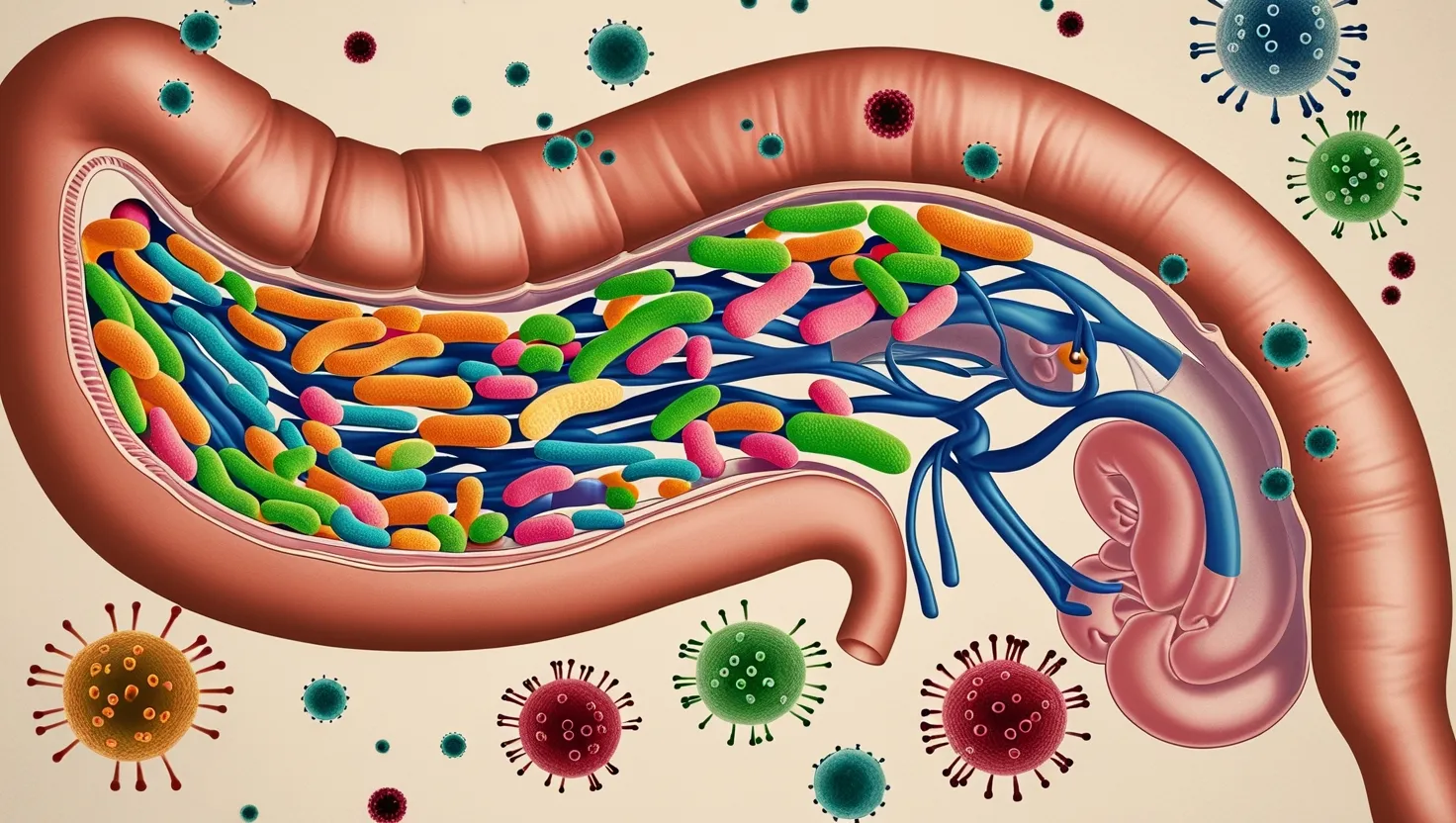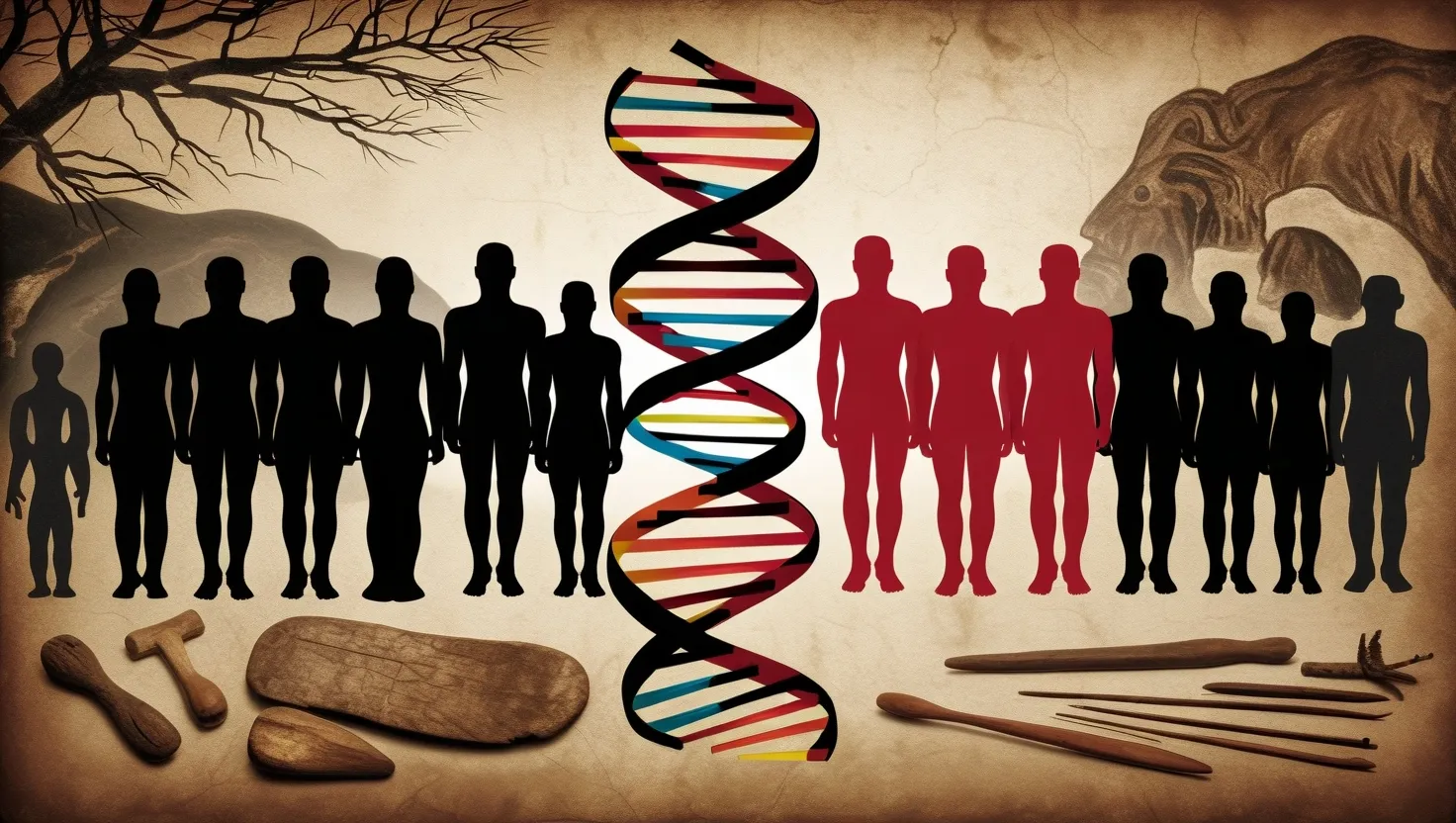The human gut teems with trillions of microscopic residents—bacteria, viruses, fungi, and even ancient relatives called archaea. Most of us think of these tiny tenants only when stomach troubles strike, but in recent years, scientists like myself have become fixated on unraveling the secrets of this inner ecosystem. Despite remarkable progress, there remain five major mysteries that continue to defy explanation. Each represents not just a scientific puzzle, but a story about what it means to be human. If you’ve ever wondered how your mental health, immune system, or long-term well-being connects to the unseen world inside you, you’re not alone.
Let’s begin with the gut-brain axis. By now, you might have heard that gut bacteria can make neurotransmitters—the same chemicals your brain uses to send messages. It’s often said that “the gut is the second brain,” but what does this really mean? While we know gut microbes influence our mood and behavior, the exact mechanics are still mysterious. Do you ever feel your stomach tie itself in knots during stress? The gut seems to chat with our brain, but the precise language of this conversation—how chemical or neural signals pass back and forth—remains largely untranslated. Researchers can point to molecules like serotonin and GABA popping up in the gut, but how those signals leap across the blood-brain barrier, or how individual strains might tweak our thoughts, is far from clear.
As Carl Jung once said,
“The meeting of two personalities is like the contact of two chemical substances: if there is any reaction, both are transformed.”
Is it so different with us and our microbes?
Adding another layer, every person’s microbiome is unique—a microbial fingerprint shaped by heritage, diet, and early-life events. This leads to another compelling question: Why do some people respond dramatically to a probiotic, or a high-fiber diet, while others notice nothing? Even identical twins, who share nearly all their DNA, can have vastly different gut communities and reactions to the same foods. Picture two individuals eating yogurt daily: for one, it brings less bloating, brighter mood, and fewer colds. For the other, it’s just another snack. Scientists believe the reasons lie in a tangle of genetics, immune quirks, childhood exposures, and the history of infections. But there’s no gene, marker, or quick test that predicts how your microbiome will behave. Could it be that the crucial influences lie in early childhood—those first messy days of life? Or are we chasing something as intricate as the pattern of stars in the night sky?
Sometimes I wonder: If understanding each person’s microbiome response is so complex, will medicine ever become truly personalized? Or will we always be playing catch-up with our own bacteria?
Let’s turn to one of the earliest and most critical moments—birth. Imagine the handoff: a baby passes through the birth canal, swallows their first mouthful of bacteria, and a new microbial world sets up shop. Yet, we still don’t fully grasp which strains make the leap from mother to child and why some take hold while others don’t. C-section babies start out with completely different microbes compared to those born vaginally, and these early differences may echo throughout life—affecting allergies, immune diseases, and even metabolism. Breastfeeding, solid foods, and every cuddle contribute to this complex choreography, but the details remain blurry. Why does one sibling develop asthma and another not, despite sharing a womb and a household? Are we missing some invisible instruction manual passed down only through contact, milk, or perhaps even the environment?
To paraphrase Walt Whitman,
“I am large, I contain multitudes.”
Could he have imagined just how many multitudes called us home right from the first breath?
Moving beyond the baby years: some adults maintain a remarkably steady gut community, hardly shifting for decades, while others see wild swings with every antibiotic, illness, or bout of stress. No one quite understands why. Is there a “keystone” microbe acting as an anchor, or does stability depend on diet, genetics, or invisible viral puppet masters? This mystery matters, because resilience against disruption seems to protect us from everything from food poisoning to autoimmune disease. Could those who bounce back fast after antibiotic treatment hold a secret in their microbiome? Or is microbial balance as fragile as a house of cards, with stability only an illusion?
Have you noticed personal changes in digestion or mood after travel, illness, or stress, and if you have, do you ever ask yourself why you regained balance (or didn’t)? The answers may be right under our noses—if only we knew where to look.
Speaking of hidden, perhaps the foggiest frontier is what scientists call viral dark matter. Most of us think of viruses as nasty invaders cause colds or fevers, but inside your gut live countless bacteriophages—viruses that infect bacteria. There may be more of these than there are bacteria, yet we barely know what they do. A single phage can decimate an entire bacterial population overnight, or gently steer the behavior of its bacterial host. Some researchers speculate that these microscopic viruses act as regulators, quietly nudging our gut ecosystem back to health when things go wrong. Others think phages might pass genes between bacteria, shaping entire communities in evolutionary time. But so far, we have barely scratched the surface of their role in human health.
Do you find it surprising that among all the wonders of modern science, we know so little about the most abundant inhabitants of our insides? It’s as if we’re staring into a forest, seeing only the trees, not the birds and insects that shape everything beneath the canopy.
Let me share another angle that often goes unnoticed: archaea. If bacteria are the main actors, archaea are the mysterious extras. They’re ancient, tough, and they thrive where few others can—deep in the gut, far from oxygen, turning out odd gases like methane. Recent research hints that archaea may play unsung roles in controlling inflammation, influencing energy use, or even moderating disease risk. Imagine tiny organisms, overlooked for decades, hiding enormous influence over how we digest food or fend off illness.
Have you ever thought about how changes in your diet, antibiotics, or stress level might shift not just your bacteria, but these even stranger companions?
And what of the “forgotten” components in the microbial mix—fungi, protists, or small molecules floating between species? Each, it turns out, can steer the gut community, sending signals that cross barriers and boundaries. For fungi, it’s not just Candida or other troublemakers we need to watch, but helpful species involved in breaking down plant fibers or communicating with our immune system. Small metabolites, sometimes just leftovers of bacterial meals, can become powerful influencers—taming inflammation, signaling hunger, or modulating blood sugar.
As I reflect, here’s a quote from Richard Feynman that rings true:
“There’s a plenty of room at the bottom.”
So much occurs in realms we cannot see, but which shape every aspect of our lives.
I often encourage readers to ask: what secrets might your own gut microbes be keeping? Could their tug-of-war be behind unexplained fatigue, stress resilience, or food cravings? As we learn more, it is increasingly clear that the microbiome does not act in isolation. It interacts with genetics, environment, medications, and diet in ways we’ve barely begun to parse.
New technology, from sophisticated DNA sequencers to miniature chemical sensors, opens more doors each year. Yet sometimes the biggest discoveries emerge from close observation—the baby who thrives or stumbles, the patient responding to an experimental probiotic, the ordinary adult whose gut remains stable through chaotic years. The mystery isn’t just academic: it shapes how we treat disease, design diets, and dream of altering our health from the inside out.
So what’s next? Perhaps, real breakthroughs will come not from sweeping generalizations but from individual stories—the person whose migraines vanished after a dietary tweak, the infant cured of eczema with a microbial transplant, the elder maintaining cognitive sharpness against all odds. The promise is real, but humility is essential.
To sum up, five puzzles remain especially tantalizing: the gut-brain signaling that underpins emotion and thought, the unpredictable way individuals respond to foods or supplements, the hidden inheritance from mother to child, the stability (or chaos) of our inner ecosystems, and the cryptic influence of viruses invisible to even the most powerful microscopes.
As you go about your day, take a moment to ponder the worlds within. Every bite, every laugh, and every sleep-wake cycle engages an ancient and mysterious partnership. The more we learn, the more we realize how little we know—and how important it is to keep asking questions. After all, the next great discovery could begin with a simple, curious thought:
What’s living inside me, and what is it trying to say?






